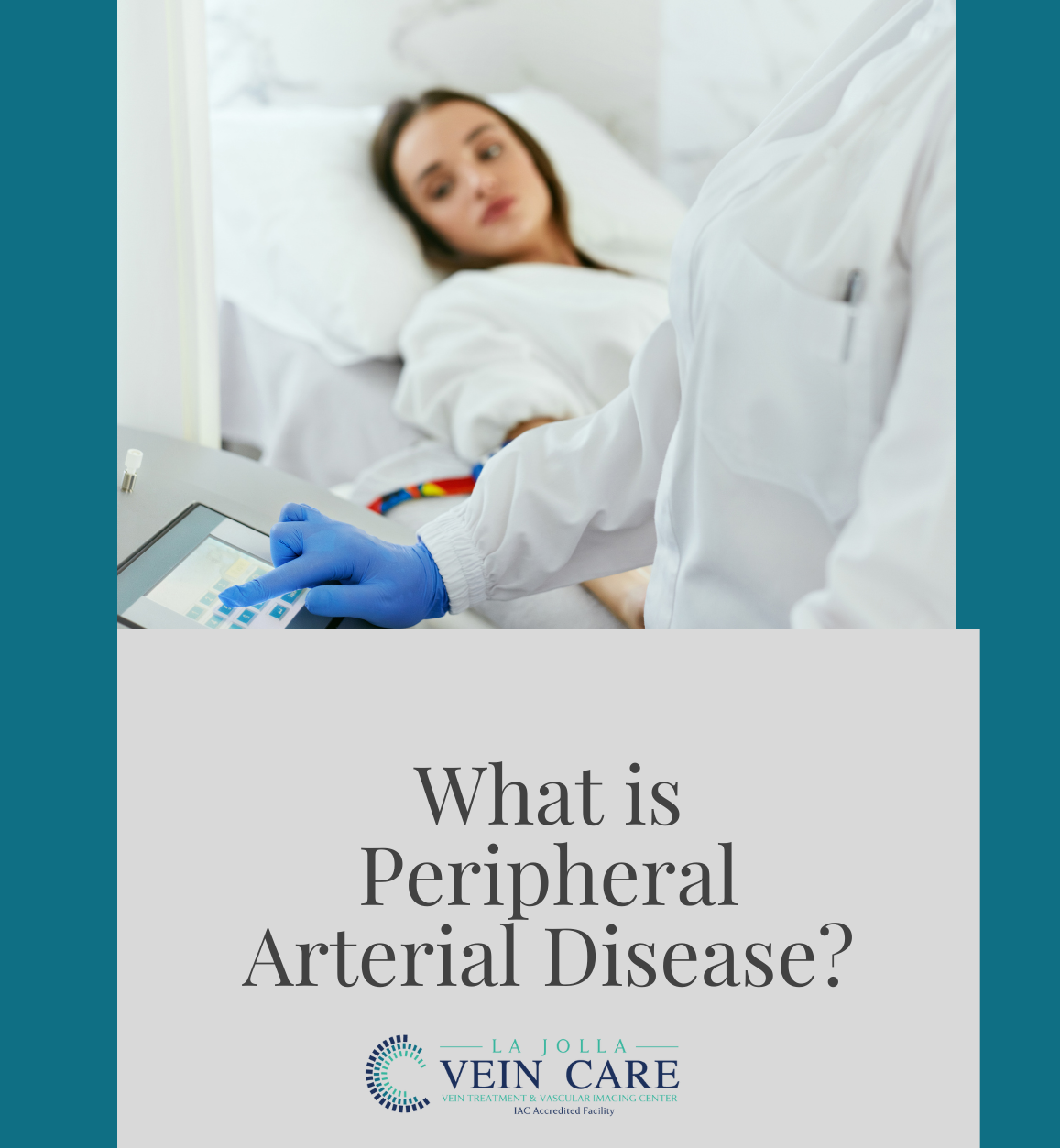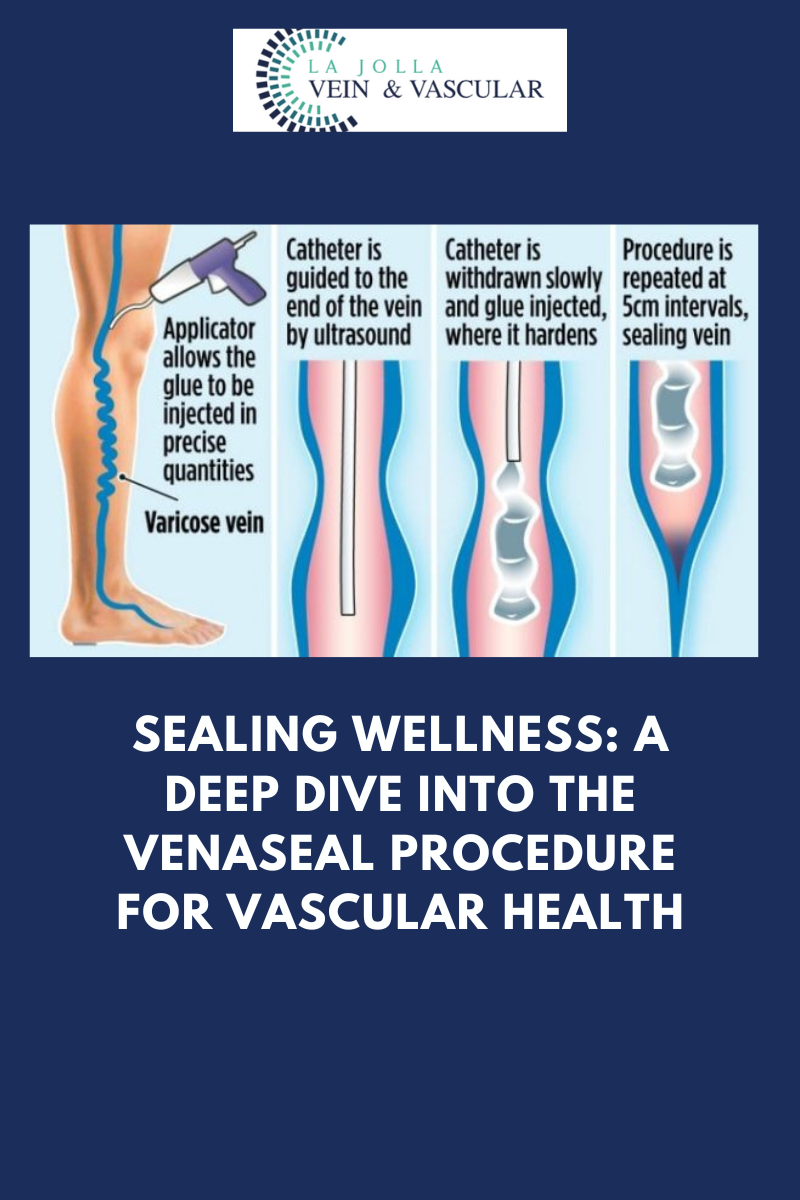What is Peripheral Arterial Disease?

What is Peripheral Arterial Disease?
You probably are familiar with the terms angina and heart attack, which are related to a blockage of blood flow to the heart. That same sort of blockage can occur elsewhere in the body, depriving the limbs (the peripheral parts of the body) of oxygen and nutrients. Left untreated, the disease can lead to amputation.
Healthy peripheral arteries are smooth and unobstructed, allowing blood to freely provide the legs with oxygen, glucose and other nutrients. As we age, peripheral arteries build up plaque, a sticky substance made up mostly of fat and cholesterol. Plaque narrows the passageway within the arteries and causes them to become stiff, which then leads into peripheral arterial disease.
A moderate blockage in one of arteries in a major leg muscle, such as the calf or thigh, can cause pain when walking.This pain can be temporarily decreased with rest, but will act up again with more walking or activity.
Lower extremity pain, similar to angina, is called claudication by medical providers. The pain itself is not limb-threatening but it is a sign that the person should make lifestyle changes and see a doctor.
Examples of possible treatments for peripheral arterial disease include:
- Smoking cessation
- Daily exercise
- Medical management
If the disease becomes more severe, the limb can be starved of basic nutrients and the patient begins to suffer pain at rest (especially at night). Sores that won’t heal may develop on the feet. This is a very concerning sign for losing toes or even amputation of the leg. An urgent referral to a vascular surgeon is necessary to prevent limb loss in this situation.
Causes and risk factors of Peripheral Arterial Disease:
- Age
- Gender—males are more prone to the condition than females
- Hypertension (high blood pressure)
- Diabetes
- Smoking
- High cholesterol
- Obesity
- Lack of exercise
- Family history of vascular problems
Leg pain does not always indicate PAD, but older patients, especially those who are at risk, should see a physician. A simple, noninvasive ultrasound and leg blood pressure examination can diagnose peripheral arterial disease and determine its severity.
If you experience symptoms of peripheral arterial disease, ask your primary care physician to refer you to a vascular surgeon. Vascular surgeons can perform any necessary treatments, including medication management, minimally invasive endovascular angioplasty and stent procedures, and open bypass surgery.
Treatment for Peripheral Arterial Disease:
Depending on the severity of your condition, treatment options may include lifestyle changes, medications, minimally invasive angioplasty/stenting, or open bypass surgery.





